Keeping the common property clean and well-maintained is about more than just aesthetics. It is the first step in keeping the property safe and plays an essential role in minimising the risks of slips, trips, falls, exposure to harmful chemicals, and injuries.
However, there are specific work, health and safety (WHS) obligations and duties of care that committees need to meet when managing and maintaining common areas like lobbies, hallways, stairwells, lifts, car parks, gyms, pools, gardens, and waste collection areas. Owners corporations or body corporates that do not fulfil these responsibilities could be found liable for death or injury, litigation in court, and infringements.
By implementing safe practices in adherence to WHS regulations, committees can prevent accidents, promote well-being, and avoid severe fines and penalties for non-compliance.
Committees have a legal and ethical responsibility to ensure common property areas are well-maintained and safe for residents, workers, and visitors. Under Australian WHS laws, the owners corporation or body corporate are typically required to:
Fulfilling the duty of care and WHS obligations is especially important if your owners corporation or body corporate is classified as a person conducting business or undertaking (PCBU). This is typically true if a worker or contractor has been employed to maintain common areas for mixed-use residential and commercial properties.
In this scenario, the common property is deemed a ‘workplace’, which requires the owners corporation or body corporate to establish a work health and safety risk management system that aligns with regulatory standards. Failure to meet WHS obligations can result in legal liability, severe financial penalties, and an increased risk of accidents on common property.
The first step in managing cleaning and maintenance risks is identifying factors that could cause injuries or health concerns. However, unnoticed hazards are often lay hidden within clutter, piles of paper, spills and other messes.. Below is an overview of common hazards and best practice tips for spotting them.
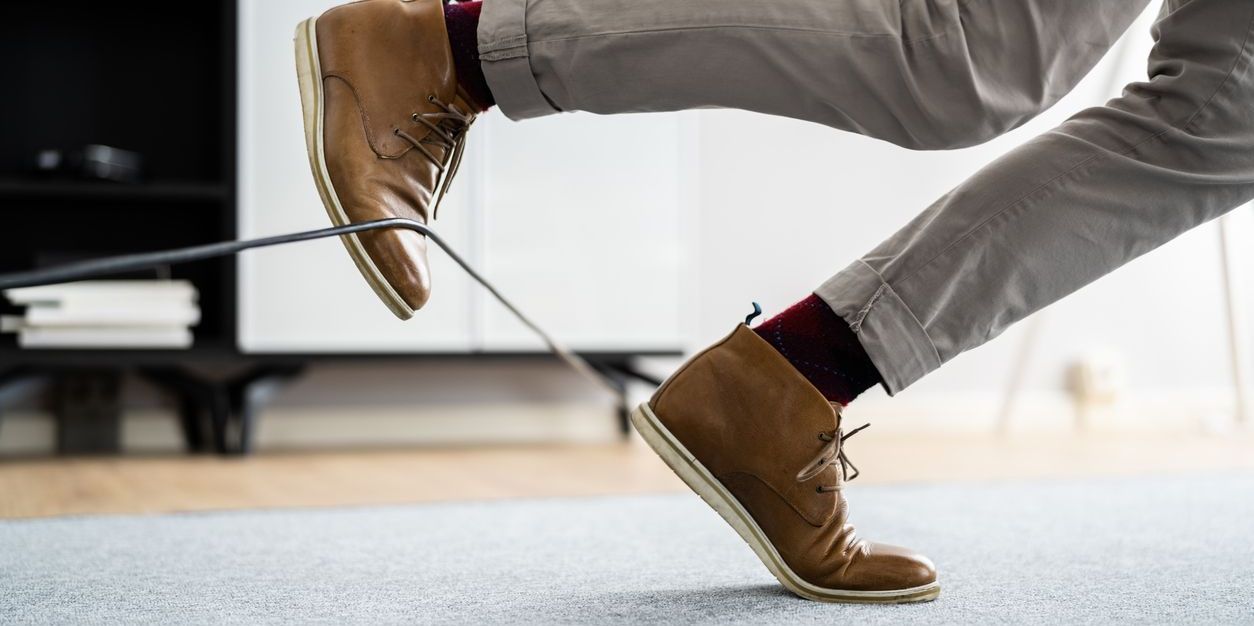
Wet floors, uneven surfaces, poor lighting, and cluttered walkways.
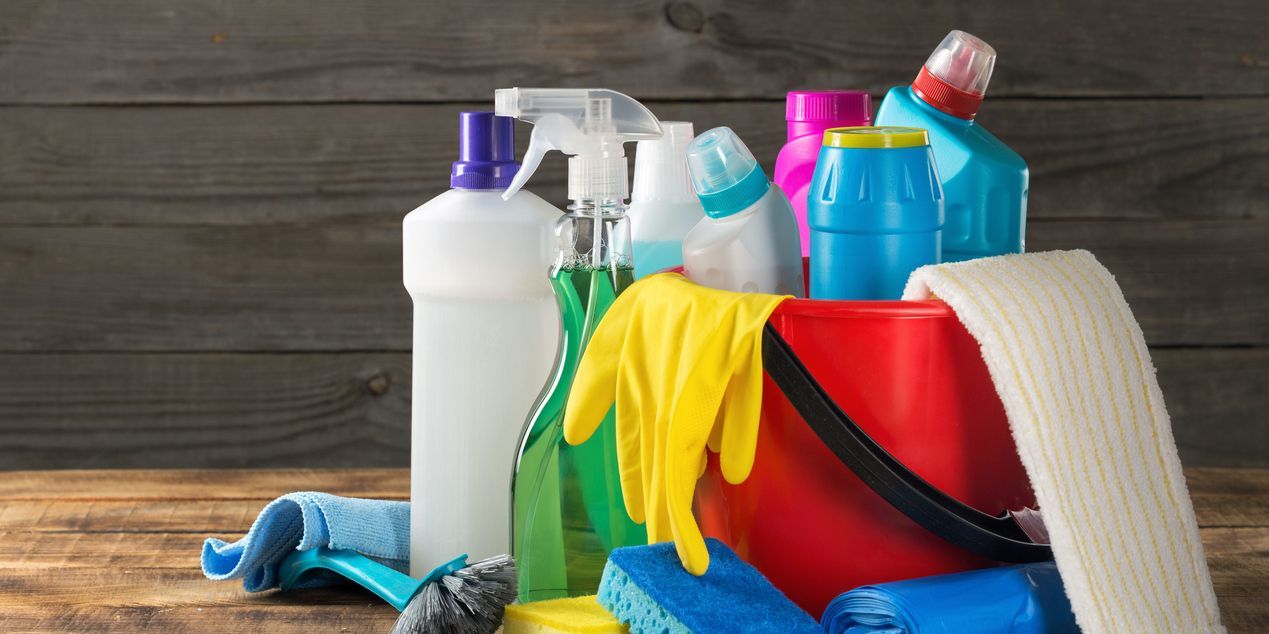
Cleaning agents that may cause skin irritation or respiratory issues.

Lifting heavy bins, moving equipment, or improper posture.
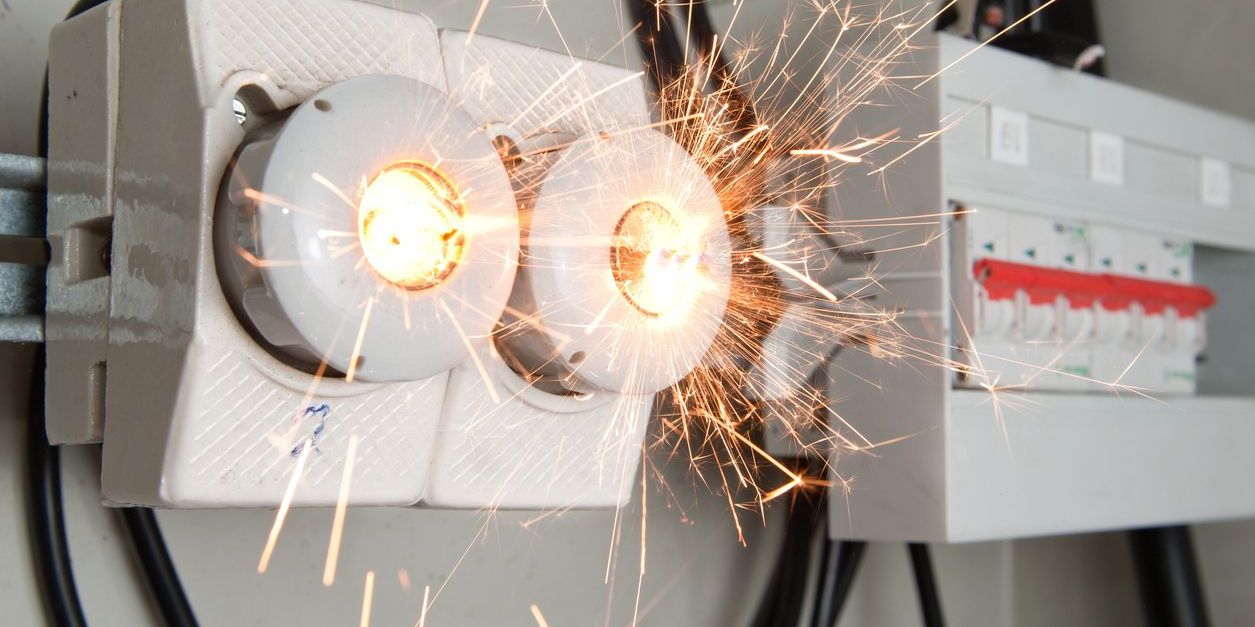
Faulty wiring, wet electrical outlets, or exposed power cords.
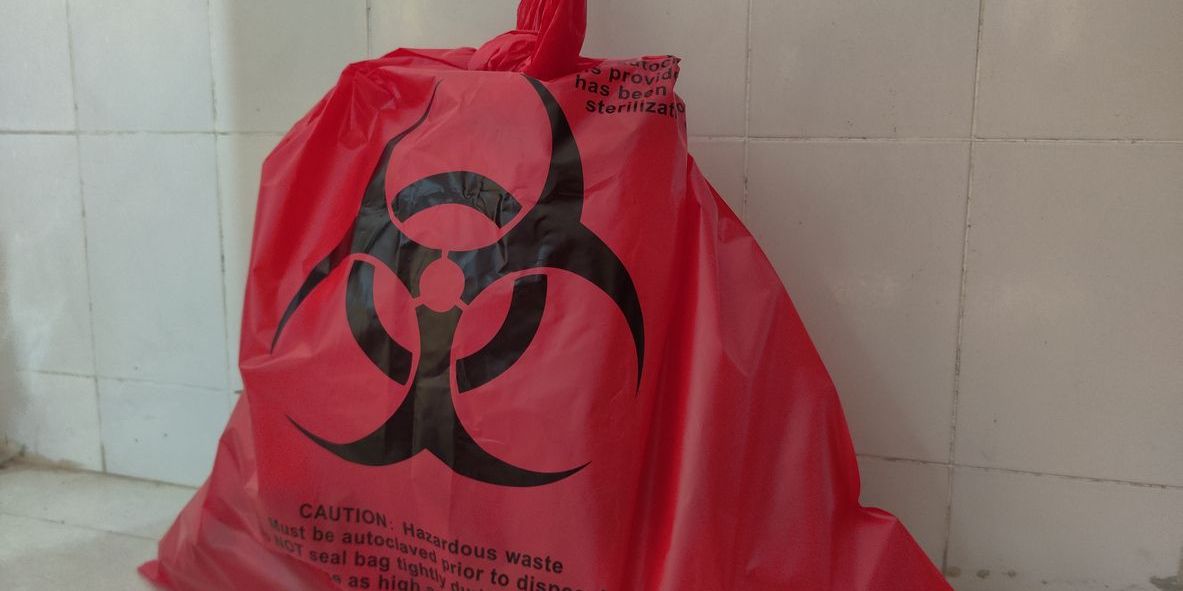
Mould, pests, bacteria, and viruses in shared spaces.
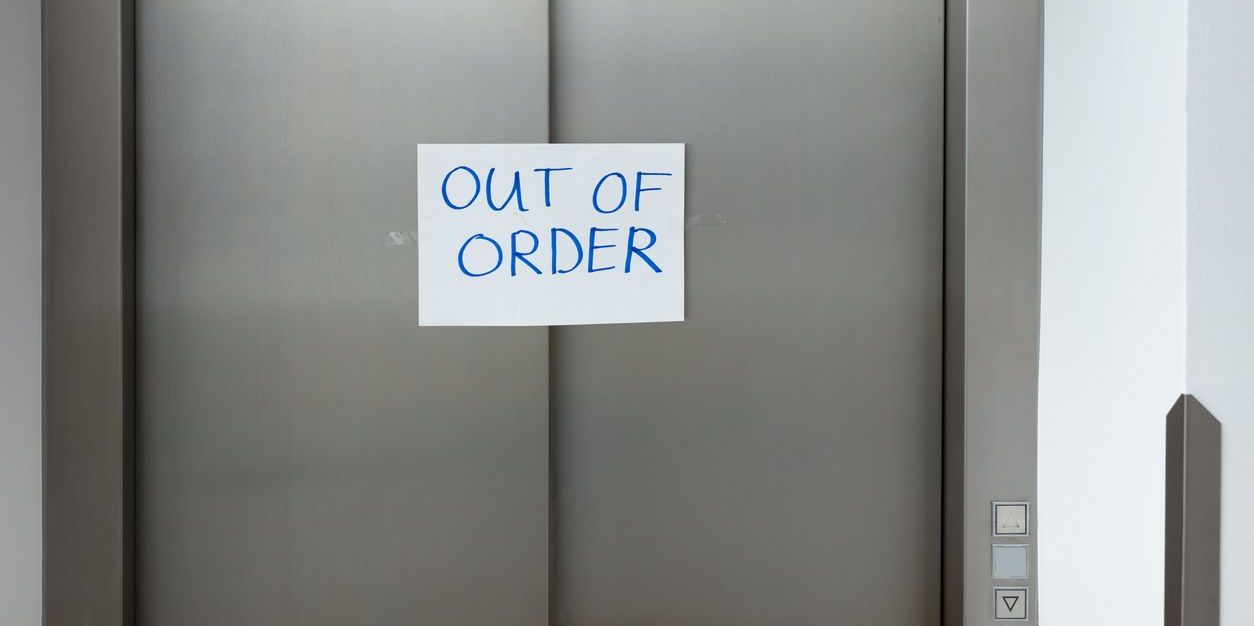
An equipment malfunction or structural collapse that may cause serious permanent or temporary injury.
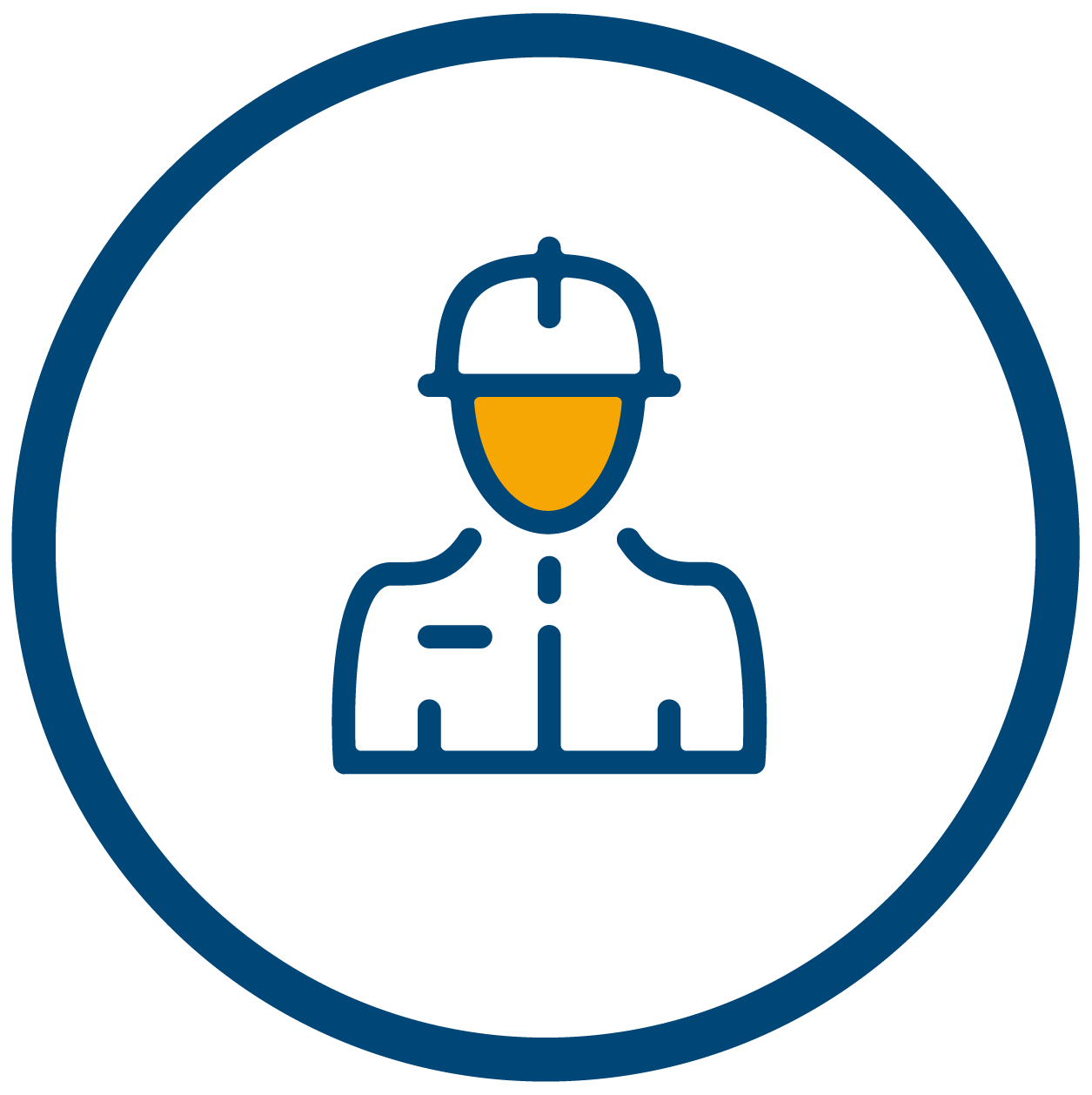
Professional service providers can provide regular attention to monitor the area and raise any major hazards that need further attention.
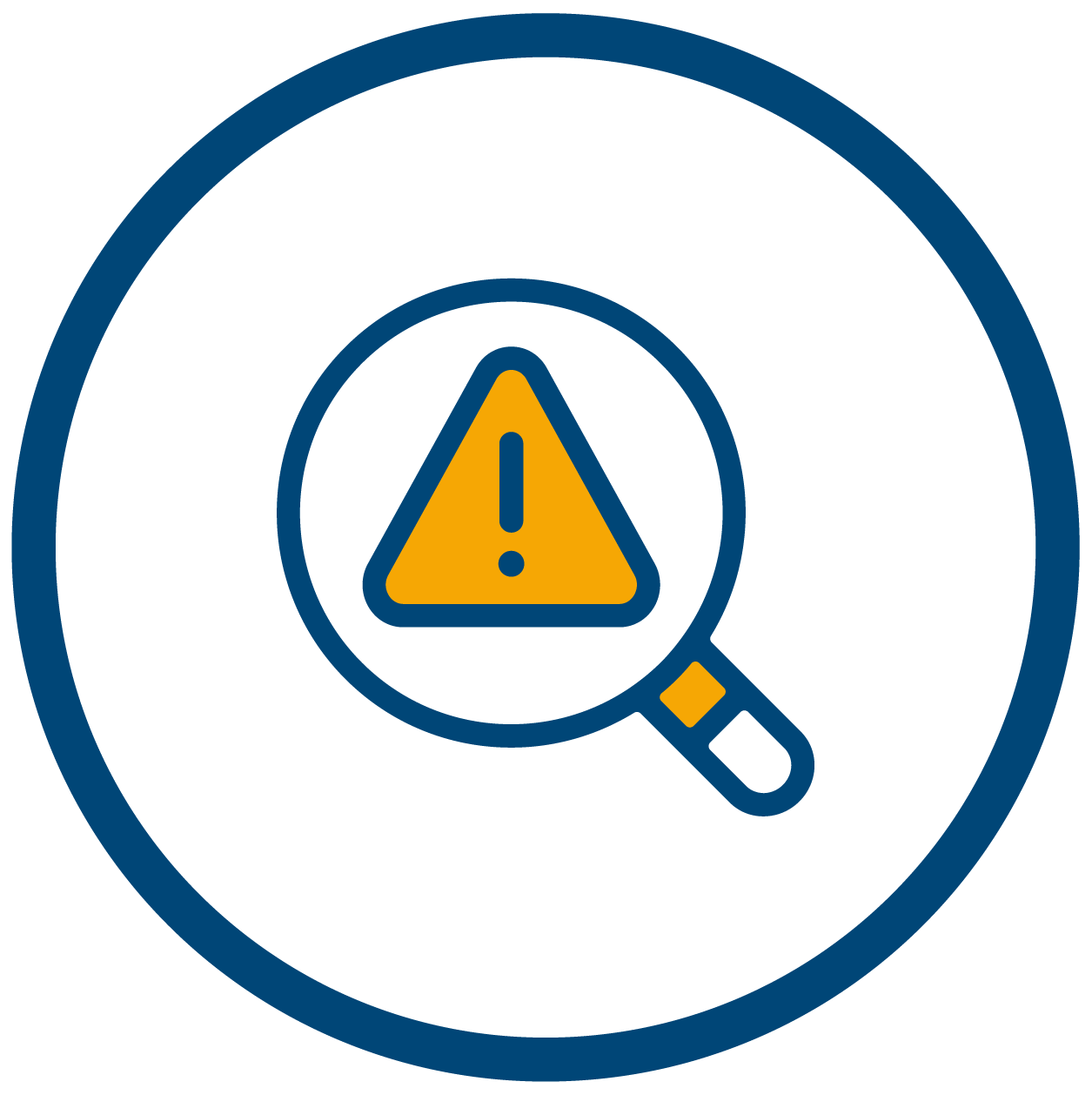
Regular monthly inspections to evaluate the property's general condition can help uncover any hazards or risks to common property.
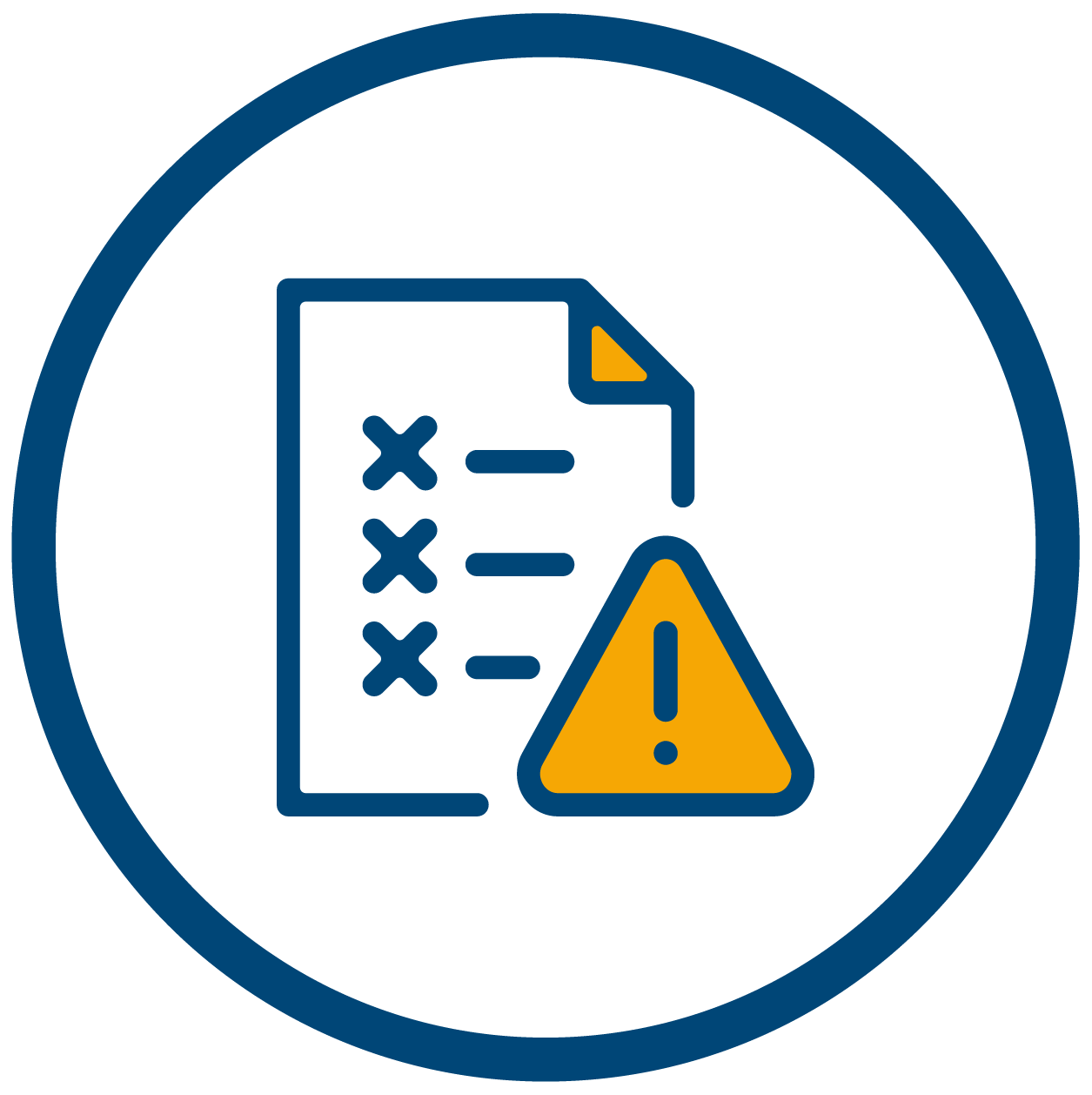
Enforcing and reviewing regular maintenance can also help uncover any hidden hazards that may risk the health and safety of residents, visitors, and workers on your common property.

Anyone can encounter hazards on common property. Keeping all residents informed and educated on the proper channels for reporting potential risks and issues on common property is essential.
Once hazards have been identified, committees must assess the level of risk associated with the situation. This process involves evaluating how likely an incident is to occur, the urgency of the issue, and how severe the consequences would be.
Using the risk assessment matrix in your Community Health & Safety guide, identify the likelihood of an incident that will cause harm. Then, the severity is selected based on the consequences that could result from the risk or hazard. The result from this table will provide a risk score, which will help show how quickly the hazard needs to be addressed.
Please refer to your hazard and risk matrix sheet below for more detailed information on prioritising and action incidents.

Have a regular maintenance schedule to help remove obstructions, spills, debris, and trip hazards that may cause injury. This includes random items stored in access areas, such as tyres and ladders, along with overgrown plants or leaves falling on the ground or stairwells.

Maintenance activities should also be carefully planned during quieter hours with less foot traffic, to help reduce the risk of accidents, such as slips and falls, during peak times of resident activity.

Placing 'Caution: Wet floor' signs during and after cleaning ensures residents and visitors are aware of potential hazards, preventing unnecessary accidents.

Identifying cracked tiles, uneven flooring, or loose surfaces which may pose tripping hazards will help maintain a safer environment.

During deep cleaning and maintenance tasks, consider using barricades to temporarily close the area. This keeps residents and workers safe from potential hazards associated with these tasks.

Cramped or cluttered areas can restrict movement and increase the likelihood of accidents, so ensure that all work areas are well-arranged, clear of obstructions, and provide ample space for work to be done.

Places that experience high foot traffic, particularly entryways and areas prone to moisture, like bathrooms and laundry rooms, can benefit significantly from coatings or recessed doormats.

It is important to ensure areas have proper airflow ventilation during and after the cleaning or maintenance procedures to prevent the buildup of dust and fumes that can cause respiratory issues. Please note that hazardous chemicals should be handled with specific control measures outlined by Safe Work’s Model Code of Practice recommendations.

Cramped or cluttered areas can restrict movement and increase the likelihood of accidents, so ensure that all work areas are well-arranged, clear of obstructions, and provide ample space for work to be done.

Use biodegradable and non-toxic cleaning agents with fewer irritants to reduce the likelihood of reactions and irritations.

Areas with the most traffic, such as hallways, stairwells, and car parking areas, should always be well-lit during key times of the day to enhance visibility and reduce the likelihood of accidents and falls.

Ensuring outdoor pathways and emergency exits are well-lit is another factor in promoting safety and security in an emergency.

All chemicals, and equipment should be clearly labelled and stored in cool, dark, and well-ventilated spaces. These should be designated areas that are out of reach of children and unauthorised individuals to prevent accidents and reduce potential hazards caused by items being stored incorrectly.

It’s vital to ensure that all equipment, such as vacuum cleaners, mops, and pressure washers, are in good working condition. Regular checks and timely maintenance can prevent breakdowns and maintain efficient and safe operations.

Tools to assist with manual tasks, such as ladders and trolleys, can help make it easier to carry and manoeuvre items whilst reducing physical strain and the risk of musculoskeletal injuries.

Maintenance and cleaning personnel should have access to PPE, such as gloves, masks, and eye protection to minimise direct exposure to hazardous substances.

Conduct training sessions to ensure that all workers correctly understand how to use PPE and equipment, highlight their importance in protecting against potential hazards.

Regularly emptying bins can prevent them from overflowing and creating clutter, obstructing pathways, and posing a risk to safety. Separate bins for recycling, organic matter, and general waste allows residents to segregate their waste correctly.

Ensure safe disposal procedures for hazardous materials, such as certain chemicals, in compliance with local regulations. It is also good practice to label bins clearly and educate residents on correctly disposing of waste.

First aid kits are essential to WHS compliance and having one readily available during maintenance operations ensures a swift response to any minor incidents or injuries, safeguarding the well-being of workers and residents.

Under WHS laws, staff and residents must be adequately trained in fire evacuation plans. Given that cleaning and maintenance activities can occasionally escalate the risk of fires, knowing these plans ensures a quick and orderly evacuation, if necessary.

Mats along the entries, exit, stairwell’s and pathways should be removed or replaced with recessed door mats that sit flush with the floor. This will help prevent trip accidents caused by mat edges, which pose a hazard for people trying to exit the property in an emergency. Moreover, this issue has been flagged in Annual Fire Safety Inspections (AFSI) notices, leading to additional costs for owners corporations, as they must arrange contractor re-inspections to ensure obstruction-free paths.

WHS regulations outline the importance of clear and visible emergency exits and routes free of obstruction to enable a swift and safe exit when needed.
Risk management should be a continuous process. Committees should document and regularly review hazards and incidents to help identify recurring issues, ensure adequate control measures, and develop proactive strategies to mitigate future risks.

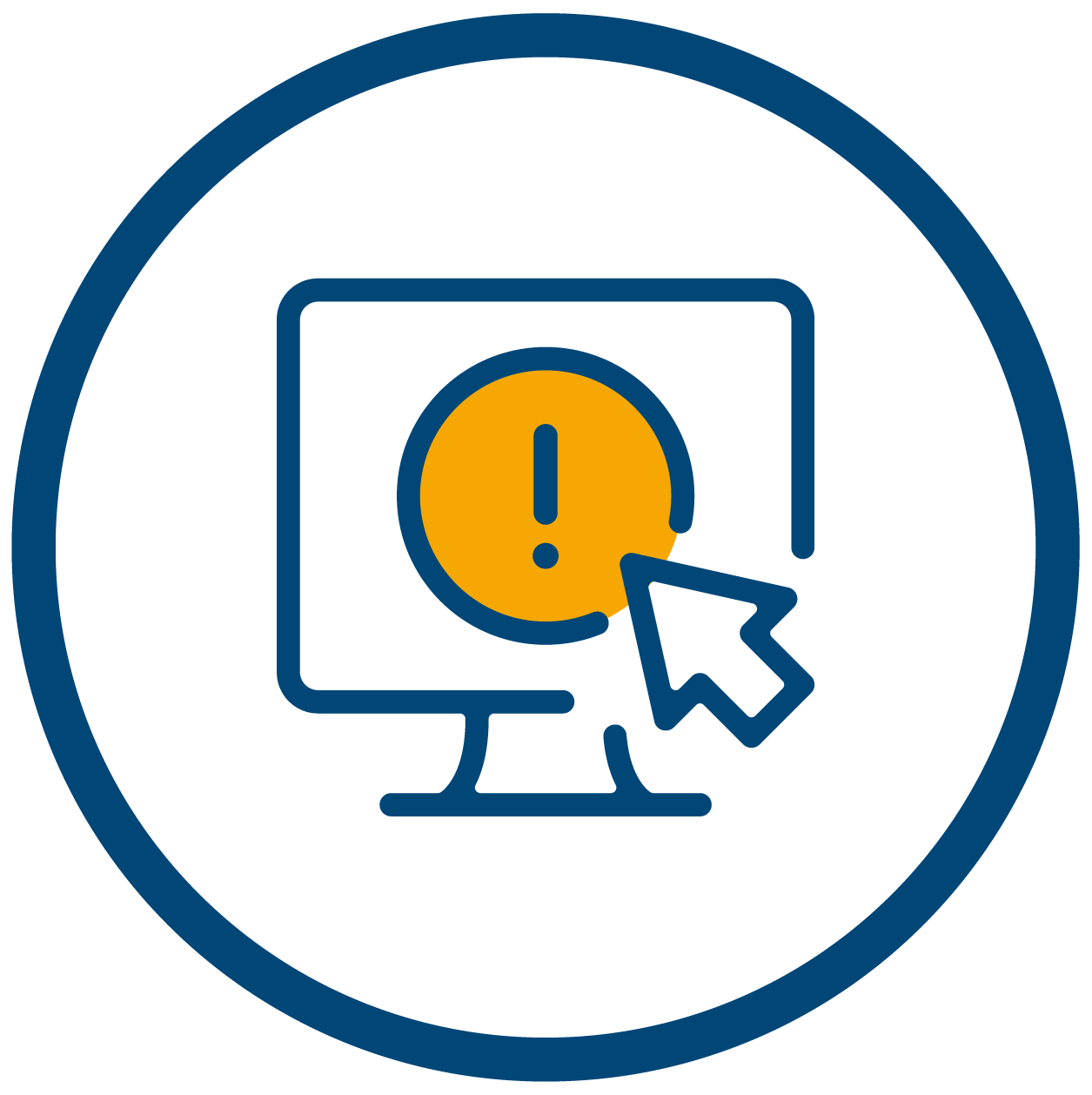

If hazards and risks persist:

Another efficient way of maintaining cleanliness and safety in common areas is by managing the usage of residents and visitors. Most state legislations offer standard or model by-laws as guidelines to aid properties in fulfilling their legal duties.
Owners corporations and body corporates can adopt these standard rules or use them as a basis to create new, customised by-laws tailored to their property. Specific by-laws or building rules may be introduced to minimise and prevent risks and hazards in common property, including:
It is important to refer to your local laws to understand the correct process for changing, adding, or removing by-laws or building rules, which can vary across councils and states.
Proactive management of common property areas can help reduce health and safety risks and improve the overall living environment for residents. Committees should implement regular maintenance, enforce safety policies, and engage residents in maintaining a clean and hazard-free community.
Our Community Health & Safety service is here to help provide schemes with appropriate mechanisms to manage these risks while ensuring the obligations under the regulations are met. Through our resource library, online reporting system, and centralised repository, we are here to help support you in managing your health and safety obligations.
Each state may have specific legislation and regulations concerning health and safety duties in owner corporations and body corporates. To help navigate these regulations, Safe Work Australia, a national policy body, offers a range of resources and tools to help committees manage hazards and risks. For the latest general WHS updates, guidance, and recommendations, please visit the official Safe Work website at safeworkaustralia.gov.au.


Whether you would like to report a current hazard or flag a near-miss incident, please use this report form to help manage health and safety risks on your common property.


Get an updated committee report of hazards, incidents, and work orders to help track and manage risks on common property.
Contact your strata, body corporate, or owners corporation manager for an up-to-date copy today.


Get an annual site inspection walkthrough of your common property to help spot new hazards and risks that arise over time. Contact your strata, body corporate, or owners corporation manager to organise an annual safety report for your property at a fee.
Liability limited by a scheme approved under Professional Standards Legislation. This guide is created by PICA Services Pty Ltd ABN 70 651 941 114 (PICA Group). Community Health & Safety is a part of the PICA Group. Usage of Community Health & Safety services may be subject to charges. We advise you to fully understand the terms of service or agency agreement and any potential fees associated before utilising this service. While PICA Group has taken every reasonable care in compiling the information in this flyer, we do not guarantee the accuracy or completeness of the information provided. Links to third-party websites are provided for convenience only. PICA Group does not endorse or accept any responsibility for these websites’ content, use, or availability. PICA Group accepts no liability for any loss or damage caused by the use of or reliance on the information contained in this flyer or any links or third-party websites.
This guide has been adapted and derived from Safe Work Australia materials under Creative Commons Attribution 4.0 International Licence (CC BY 4.0), as listed below. To view a copy of this license, visit creativecommons.org/licenses/by/4.0/. (SafeWork Australia). © Commonwealth of Australia.